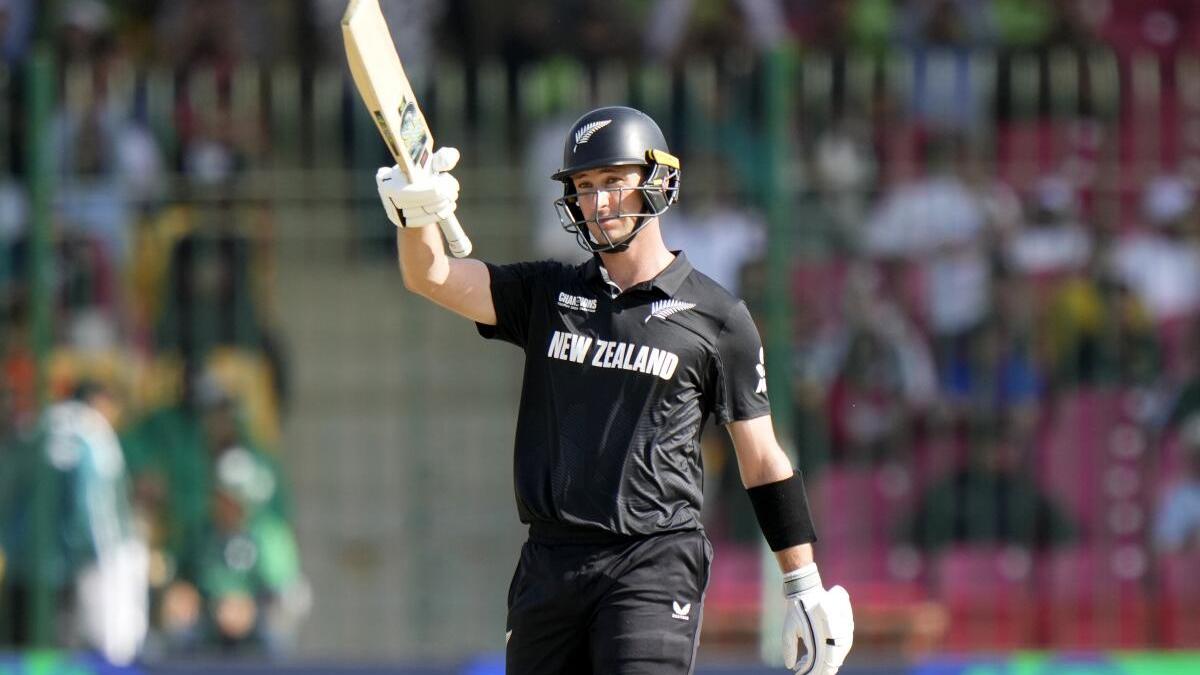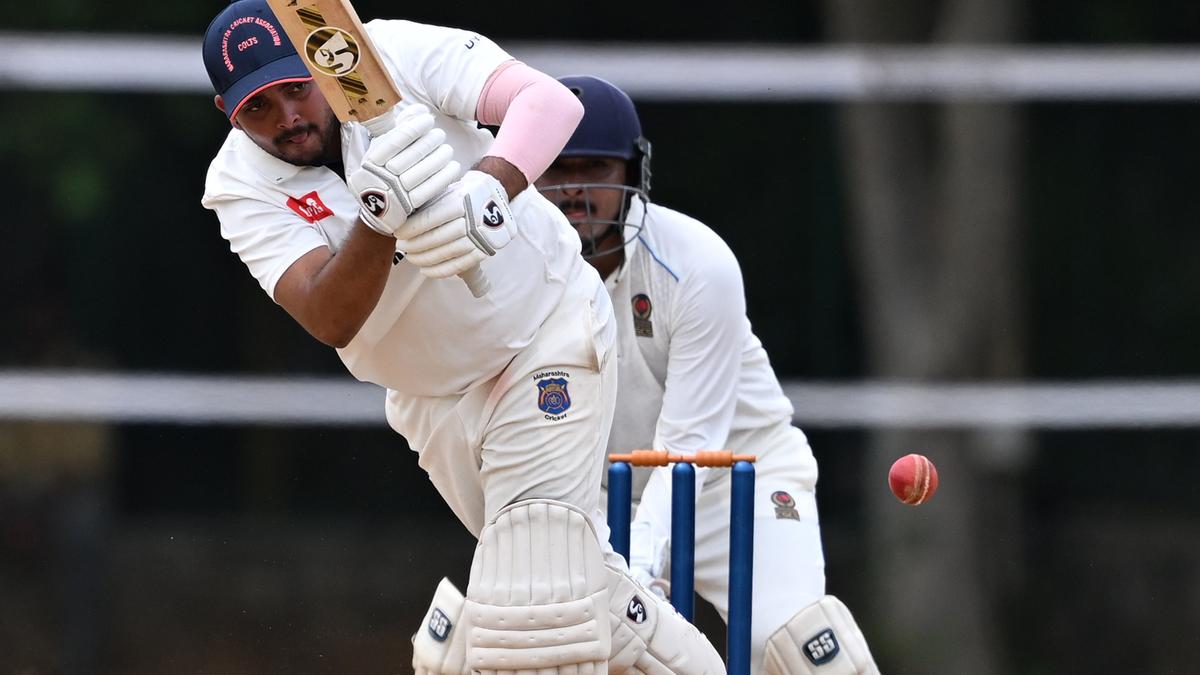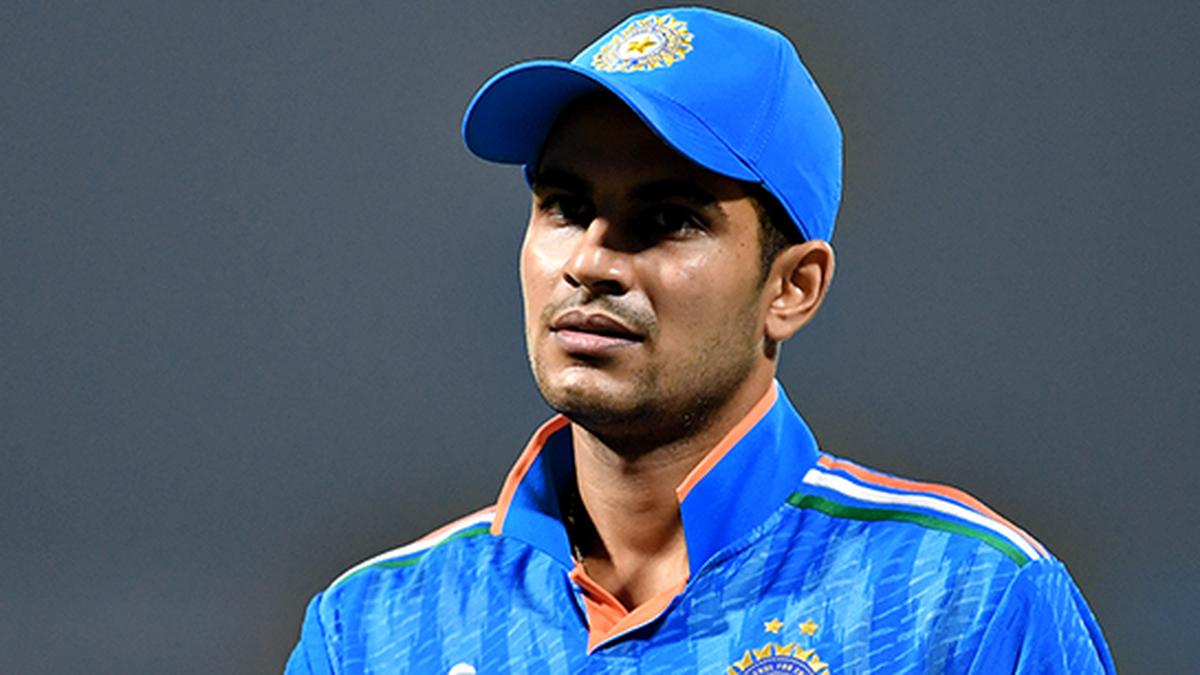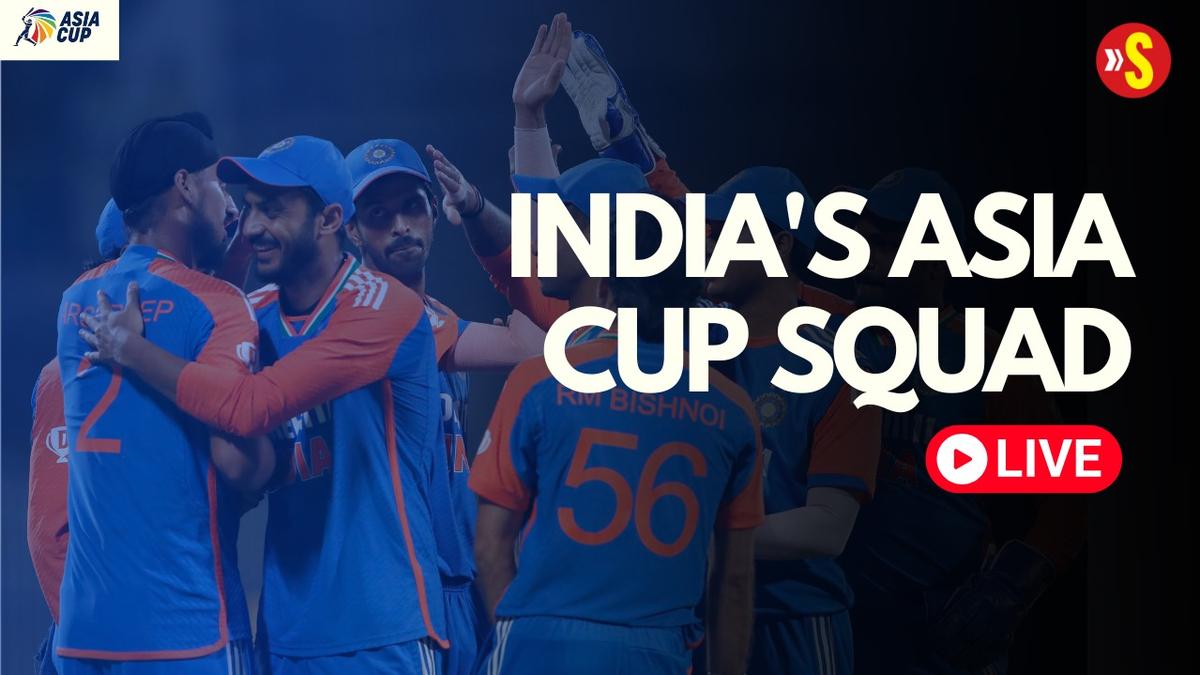Rishabh Pant and Chris Woakes, emerging from their respective dressing rooms to bat despite suffering a toe fracture and a shoulder dislocation, respectively, during the recently concluded India vs England Test series, have reignited the debate over whether teams should be allowed to substitute injured players during a match.
While India head coach Gautam Gambhir backed the idea of allowing replacements, England captain Ben Stokes warned against it, arguing that the system could be open to manipulation.
ALSO READ | Woakes ‘never considered not batting’ for England despite discloated shoulder
Echoing Stokes’ concerns, New Zealand batter Will Young said it is “tricky” to determine when a replacement is justified.
“As professional sportsmen, there are also instances where players go into a game already carrying injuries,” Young said during a media roundtable organised by FanCode.
“You’re opening up a bit of a can of worms if you allow injury replacements,” said the 32-year-old. “Concussion is different; your brain is incredibly important, so that should remain, but it’s difficult to police other injuries. Perhaps the way things are now is working fine.”
On five-day Tests and WTC cycle
In the last decade, nearly 55 per cent of Tests have finished before the fifth day, prompting discussions over whether the format should be shortened to four days. But for Young, five-day Tests are “definitely” the way to go.
“That extra day introduces more variables into the wicket, which is always exciting from a bowling perspective,” he said.
“The World Test Championship (WTC) final in 2021, which we won, was a six-day Test match. You can’t always guess what the weather is going to be like, and you’d hate for that to ruin an epic Test. Just having that extra day up your sleeve in a five-day match, or six in the case of a WTC final, is only a good thing. And if it finishes early, so be it. The players get a chance to rest, recuperate, and enjoy being in a different country,” he added.
ALSO READ | Test cricket remains the last bastion of will
When asked about the ongoing conversations around a two-tier Test structure, Young said he was not in favour of making the format more exclusive for the ‘big three’ – India, Australia, and England.
“We’ve just seen England play India, and it was an amazing five-match Test series. I think the Big Three are very lucky to play longer Test series. That luxury doesn’t often extend to New Zealand and other Test-playing nations,” he said.
“It’s important that those three teams continue to play against the other Test-playing nations. The World Test Championship has created a platform where tours are guaranteed within a cycle. As long as that continues, I don’t see a need to make Test cricket an even more exclusive club,” Young said.
On his future
Now nearing 33 – an age where many players begin to prioritise formats – Young is still keen to represent New Zealand across all three.
“For me, I suppose it’s a little bit simpler,” he said. “Test cricket is my love, my passion, and I want to play the format as long as I possibly can. I’ve also had a good run in the One Day format recently, and I’ve been loving those opportunities – especially the 2023 World Cup in India and the Champions Trophy. I’ve certainly got my eyes set on the 2027 World Cup in South Africa, Zimbabwe, and Namibia,” he added.
According to Young, switching between formats can even sharpen a player’s skills. “It helps you keep up with new shots and tactics, draw from past performances, and apply different problem-solving skills depending on the format. I find myself incredibly lucky to be still playing all three formats,” Young concluded. “And I’ll strive to keep doing so for as long as I can.”








